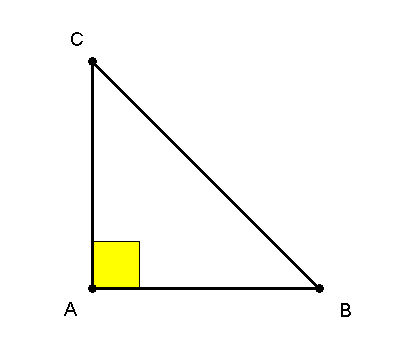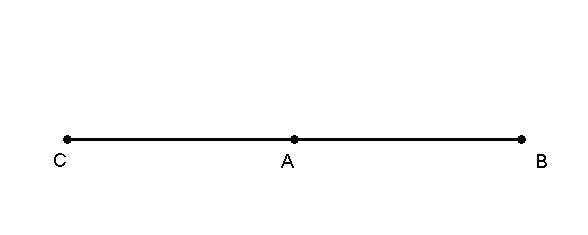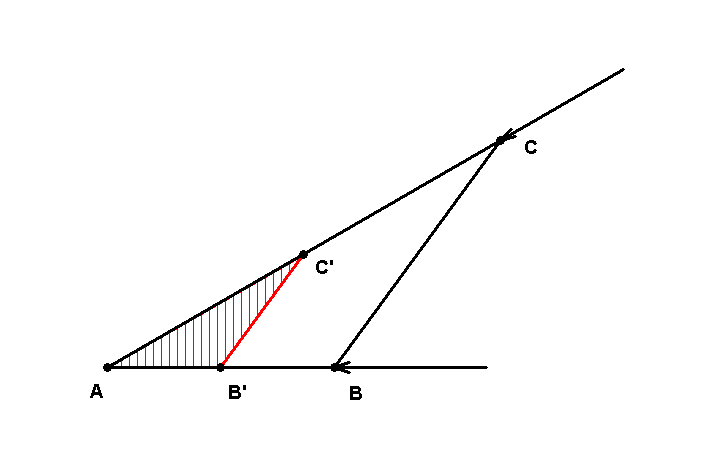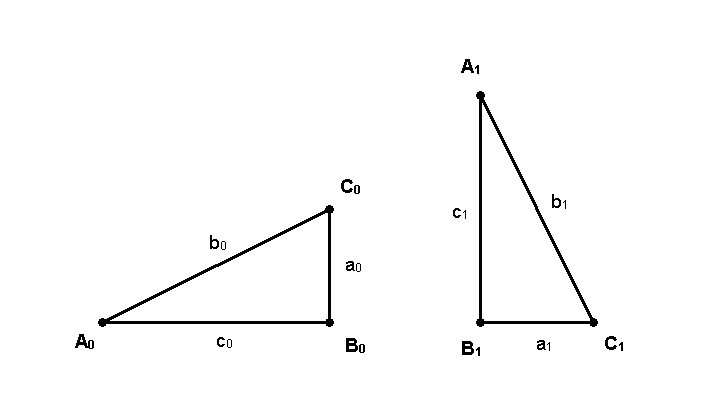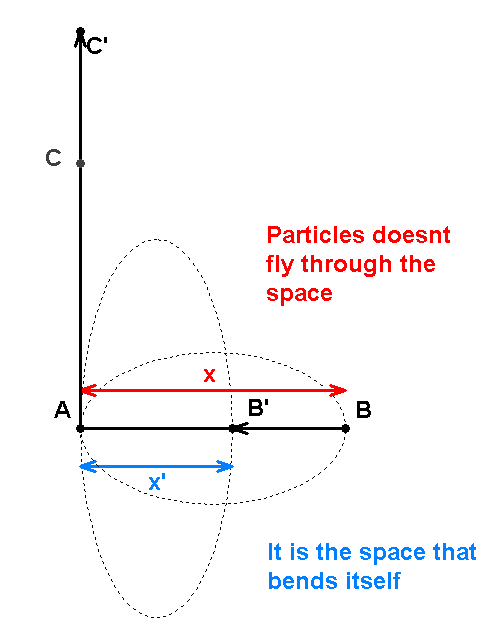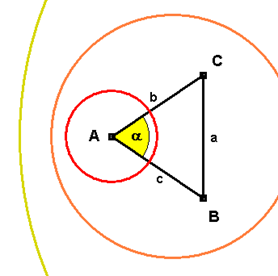Thanks for all the answers, I appreciate a lot. Also the links are helpful, especially to find the right expressions for what I wanna express (since I use language translators and in general I have not much knowledge about theoretical physics). Until now I was able to read the introduction to LQC by Abhay Ashtekar. It made me partly happy and partly sad which I must explain in detail.
I have the Asperger syndrome paired with attention deficit disorder which make it rather difficult for me to read large texts. But it also makes me exceptionally curious to know everything in detail, for that I end always with theoretical physics. Since I get really fast tired when reading large texts I found out that its rather easier for me to form and invent my own theories instead to study them.
So I started some years ago thinking about physical models. My theories evolved throughout time, similar like humanity evolved and improved their theories over the centuries. When I started some years ago to think about the structure of the universe, I didn’t know much about, so I just started to think how it would have to be made to create itself from zero. It began with idea constructs similar to “Platons” ideas, later “Heisenberg” and later to some theories about probabilities similar to a guy called “Knopp”, afterwards “Einstein” and lastly then about the loop quantum gravity theory and Richard Feynman. Every single time I had an idea about a theory, I got really excited because I thought it was something new that wasn’t found already, but once I made up the Theory in my mind and I knew the keywords for what I have to search exactly. I found out I was late and someone had already the same idea. I often doubt about my ideas and theories, but at the same time I wonder how I reach to come on my own to similar conclusions just by presuppose some certain assumptions and by observations in real world (auto-constructing, non-singular bouncing, repetitive character, simplicity in logic and mathematics especially towards the base, intuitive logical processes, fundamental mathematics (especially elementary geometry).
I hoped now finally with my latest theory I finally reached an endpoint at which I am ahead of others. But when reading the introduction to LQC by Abhay Ashtekar I realized my model seems to be basically the same than the Ponzano-Regge model and spin foam theory. I do not have the knowledge to describe my assumptions properly in a mathematical way nor I know the right expressions so I often use own creations, not knowing there is a proper expression for.
I will attach the files I wrote until now but I will explain it also here (I used often the word dots since I was not sure which expression was right, point-like or dot-like or both) in any case, if you need drawings for easier understanding you will find it in the attached files, I have limited myself to 3-tuple systems, since the drawing program I use isn't really made for 3D, but for instance tetrahedral structures are easily considerable:
Dot-like particles, in following text described as 1-tuples or 1-tuples-alike, cannot unite or merge in any way with other 1-tuples and therefore neither with any n-tuples. As they have no dimension at all, distances between point cannot be measured but only expressed in relation to other points.
If that is true -> Matter does not move in space, instead the space stretch and contract around the particles.
Dots cannot align in groups in well-defined angles such as 60°, 90° or 180° or distances. Instead they can only occupy areas nearby specified angles.
For 3-tuples and above, since they have no dimension you cannot align for example 3 points perfectly in a line, same for any angle or distance.
If there is no background geometry, no background metric, geometry itself is dynamical, then dots can be grouped, the grouped dots have similar and in case exact equal properties than groups of dots with same number n-tuple and same ratios to each other.
Each group of exactly congruent and equal dots form systems that are exactly equal and indistinguishable (e.g. elementary particles and their superior builds are always totally equal and indistinguishable when they consist of equally grouped elementary particles, e.g. there are no different sizes or forms of protons or electrons, if a particle change its number of points or its structure due to its environment, it will transform into another particle).
Similarly 3-tuples are exactly congruent and equal when they share same rational distances between each point. The distances does no need to be defined in terms of units, as long a ratio can be defined. Direction or orientation does not matter. If 2 dots in a 3-tuple system approximate to the 3rd dot keeping exactly same ratios, the 3-tuple system remain exactly congruent and equal. Note that tuples with n>2 are the only ones who can be distinct in such way, the number 3 has an important role in physics of particles.
If naming each point with consecutive letters A, B, C, …; Each point is defined through the relative distance to his neighbors which defines as well the belonging angles (α,β,γ,…):
A: distance b in relation to c or c in relation to a
B: distance a in relation to c or c in relation to a
C: distance a in relation to b or b in relation to a
If number of n-tuples or ratios are similar but not equal, the system of n-tuples hold similar but not equal attributes, similarity rise with approximation of the states (except 1-tuple and 2-tuple which are always exact equal).
Which mean simply, if a point is indistinguishable from another, then also any system of points with same relative distances to each other must be identical and indistinguishable. That is a really important insight since it is seen in nature and it head to another important conclusion. Any particle or system of particles is indistinguishable as long it is build in the same way with same amount of particles and same structure. There are no different sizes of protons or neutrons or whatsoever. In geometry we can draw a geometry in different sizes, like for example a triangle with 3 points and different side-lengths, but in a microscopic environment with no background geometry such thing cant exist, if a structure consist of same amount of points and same structure with same ratios then they must be the same (only ratios matter, distances cannot be expressed in other way), if a structure has different amount of points or structure it is a different and therefore a different particle .
Not only that, if there are no observations of systems that do not follow this rule, as a consequence inevitable variations must be expressed in other form, like dimensions,forces or energy level (as following, dimensions and forces must derive from the same mechanism and must be essentially the same).
Every 2-tuple is exactly congruent and equal to any other 2-tuple, considering its distance cannot be measured and remain therefore undefined. Thus every 2-tuple share same properties as they consist of 2 dots and their undefined distance between.
I am lately not completely sure about that, as it can be shown when grouping different amounts of points, a minimum and maximum range can be observed (min limes->0 and max is set by the minimum distance to form a 3-tuple system and a 1-tuple system instead of 2-tuple system and 2-tuple system).
In difference to string-theory, I do not assume 2-tuple systems to form a one dimensional space, since they cannot connect in any way (a space made of only 2-tuple strings should be anyway not possible), according to my assumptions, a minimum of 3 points are needed to create dimensional space. Moreover because of their point-like behavior to relatively far structures they are able to build and become part of 3-dimensional space.
1-tuple property: When a system of n-tuple is relatively far from another dot or system of dots, then they appear point-like to each other depending on the relative distance of the single dot to the group and at same time to the relative distance between the dots of the system.
2-tuple property: Similarly when a 3-tuple system turn into a structure where 2 points are relatively near according to the 3rd, the structure appear like a 2 -tuple structure, similarity rise with the ratio x (when distance between the close points is expressed with 1/x, and the distance to the far point with x, on my paper I use other expressions a,b,c).
As a consequence of this statement:
Dots can be singled or grouped with a consecutive number and rank: 1-tuple, 2-tuple, 3-tuple, …n-tuples. Rank follow a birth or formation rank and it start with 1. This can be in some way seen as a timestamp (one of the timestamps).
Where each previous system of n-tuples inherit their properties to subsequent ones: 1-tuple property inherit point-like behaviors to subsequent and 2-tuple property inherit string-like behaviors to subsequent following n tuples.
If there is no background geometry, no background metric, geometry itself is dynamic. Then distances, solid angles and time-frames can only be determined by comparability. The comparability of distances serve as fundamental base for the comparability of angles and time-frame and all other frames which are derivatives from compared distance.
· A single dot(red circle) can be defined through his corresponding connections and their comparative distances.
· Each dot forms with his corresponding dots a n-tuple system (orange circle) of dots which is defined through number n of dots and their proportional distances(angles).
· Subsystems of n-tuples form superior systems (yellow circle).
If elementary particles ultimately consist of dots, they itself cannot hold any information or attributes and neither forces.
Instead they gain their attributes from their surroundings, number of connections with their corresponding ratios (and angles), as well as number n of tuples of the own system they belong to and of their superior systems. These classification seems sufficient to describe all their attributes.
And now the most important observation. When combining these rules and mechanisms. Especially 1-tuple property, 2-tuple property and rules of congruence and equivalency (this is a chapter I did not write down yet as a word file but I try to explain as good as possible):
When one point of a 3-tuple system is getting relatively closer to one of the remaining two points, the system will transform and approach a 2-tuple system. The 2 relative close points form a 2-tuple system as well as the 2 points appear to the distant point as a 1-tuple system and therefore the 2 close points and the distant point form another 2-tuple system. The 2 close point in this context could be seen as the antiparticle with its anti-colors (the 2 close points are seen as a 1-tuple and therefore e.g. red and blue form anti-green=1-tuple-like, the remaining far point represent green).
Depending on the angles and relative distances, one of the 2-tuple formations will approach 2-tuple similarity earlier than the other, which can (again depending on angles and distances) result in a stable or non-stable continuing bouncing mechanism or ran result in a single-time bounce.
Furthermore when one point come relatively near to another point in a 3-point system, it will always reach a point where 2 points have same relative distance from the 3rd (isosceles triangle). Due to the rules of congruence and equivalency every formed triangle-shape above the point of the isosceles triangle has a counterpart below this point. Angle of the pattern characterize its behavior, there are distinct angles (0°, 30°, 45°, 60°, 90° and 180° in which there is a change in behavior of the structure (mainly if they allow 90° angles to one of the remaining angles and therefore shortest path and 2-tuple similarity at same time and also at which point they do). Angle of 180° to 360° is a mirror image.
Because of the rule "dots cannot align in groups in well-defined angles or distances", the distinct angles itself remain undefined, the particles take angle ranges around these distinct angles.
Theses behavioral mechanisms should be sufficient to assign all observed attributes of particles: Due to wide and sharp angles they can be considered as charge, Angles and the continuous swap of angles can be seen as color-charge, there is a continuous swapping in which the shapes align or diverse from each other which could be interpreted as spin, their different dimensional appearance can be seen as attracting and repulsive forces as well as it can express dimensional space itself or energy level, mass and gravity are a result of connectivity itself. As far as I overlooked, each of the quark-types (u, d, c, s, t, b) can be assigned to one of the distinct angles. I allocate up and down quark near to 60° angles, the only problem I have at the moment is that one angle seems not to be able to form any continuous bouncing and should therefore result in a single bounce (means one quark should not form repetitive structures), I do not know yet how to solve that problem.
In this context I consider time as a combination of different time-stamps (where a time-step is only consequence of a rank or logical sequence). Until now I consider 2 time-stamps, one due to the rank and order of tuples and another due to the response between tuples of different or same rank (which could be subdivided). Personally I find it somehow useful to break time into dividable parts.
Two files are added, one contain the model with pictures for better understanding, the other an allegory.
Even know if my whole thought are bullshit😅, I would appreciate for corrections in spelling and grammar of technical expressions, and for recommendations on which topics are related to this, and furthermore for corrections in logical combinatorics, and if anyone has a link to a description of the Ponzano-Regge model, I couldn't find any useful link.
I wrote kind of an allegory to describe my view on quantum mechanics and its interactions, it is definitely bad written and not really rethought consequently.
Theory_01.pdf Allegory_01.pdf
By the way, I found a picture about spin foam on wikipedia, but only in german, it somehow look like the drawings I made on my own to describe behaviors of 3-tuple systems (when one or two points change their relative distance to each other and I do not understand precisely what that drawing mean in that context and what the colors mean(in the context of my model it would represent a jump between similar dimensional structures but the jump itself seems not to be represented on this picture), if anyone has an explanation or a link to a better description it would be helpful.



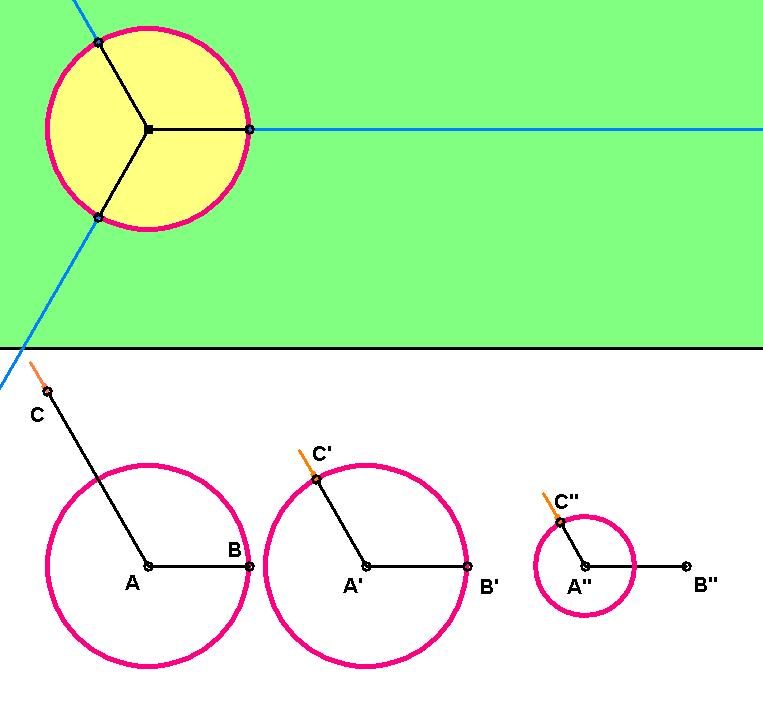
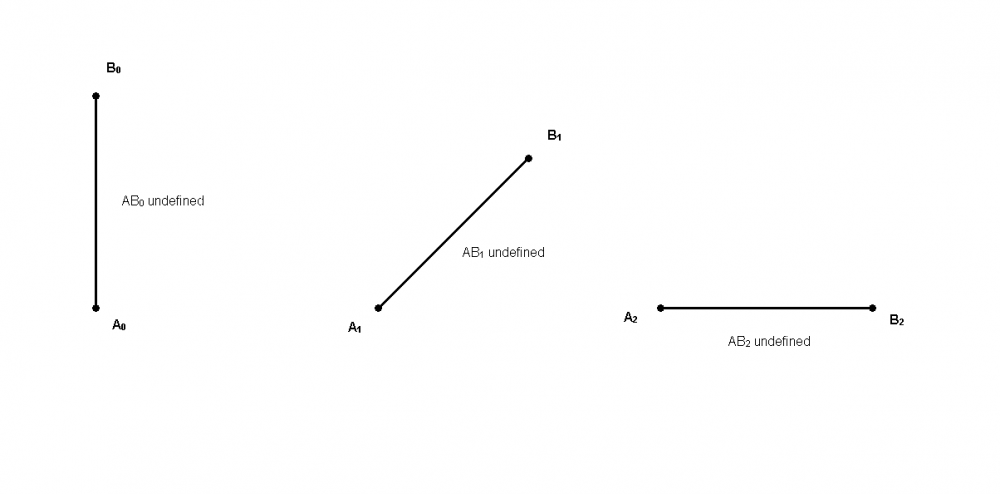
_cut.png.7df365ee07891920b29305657de15fd8.png)
